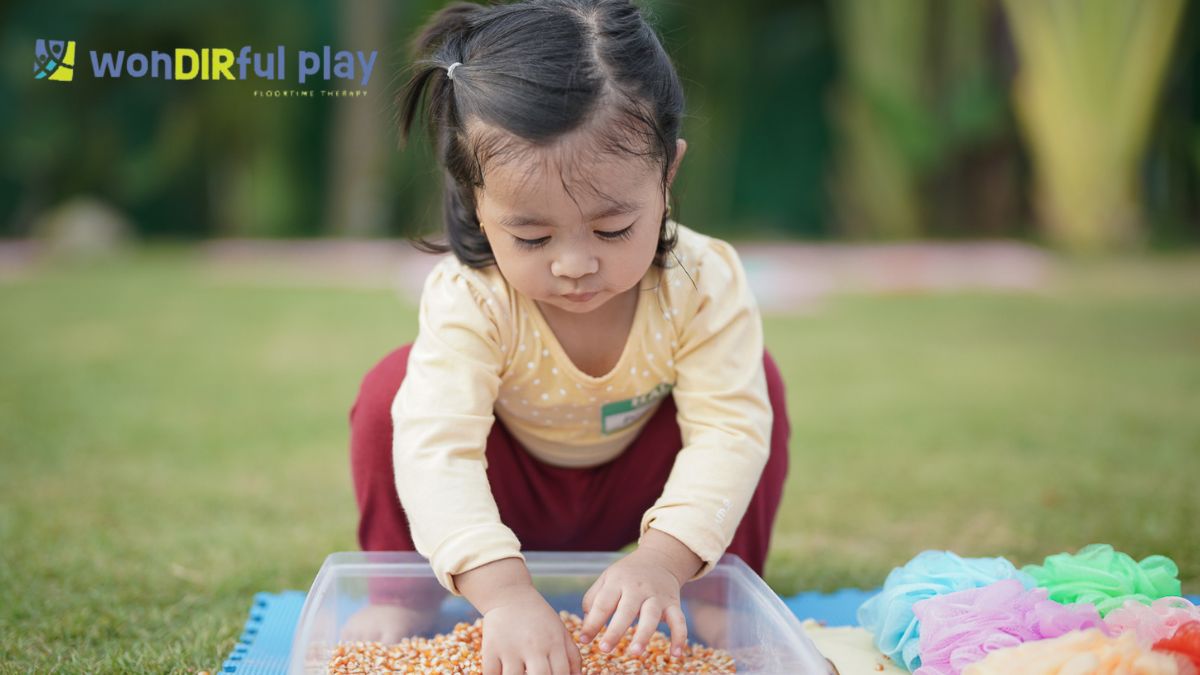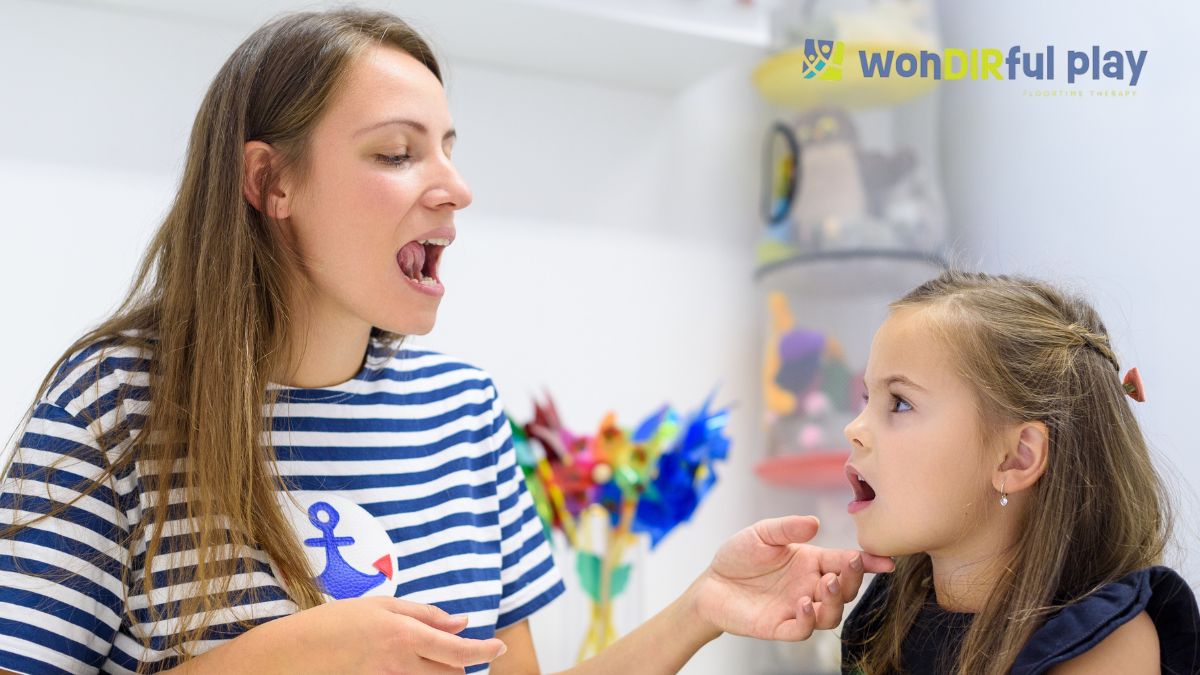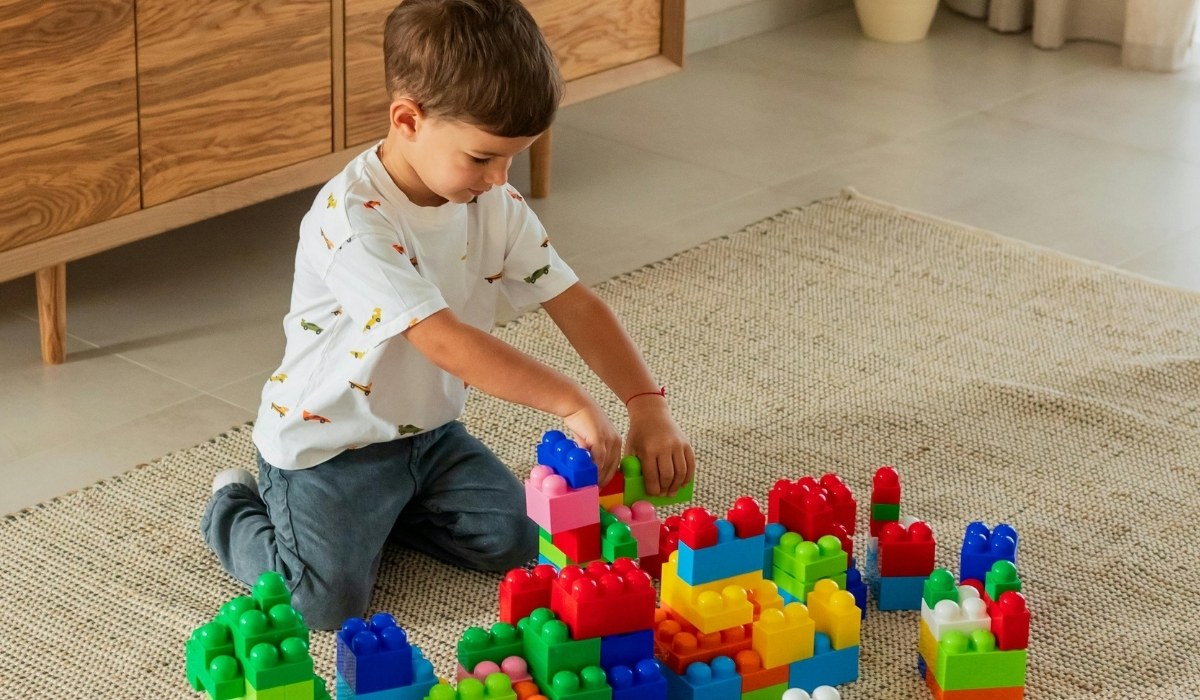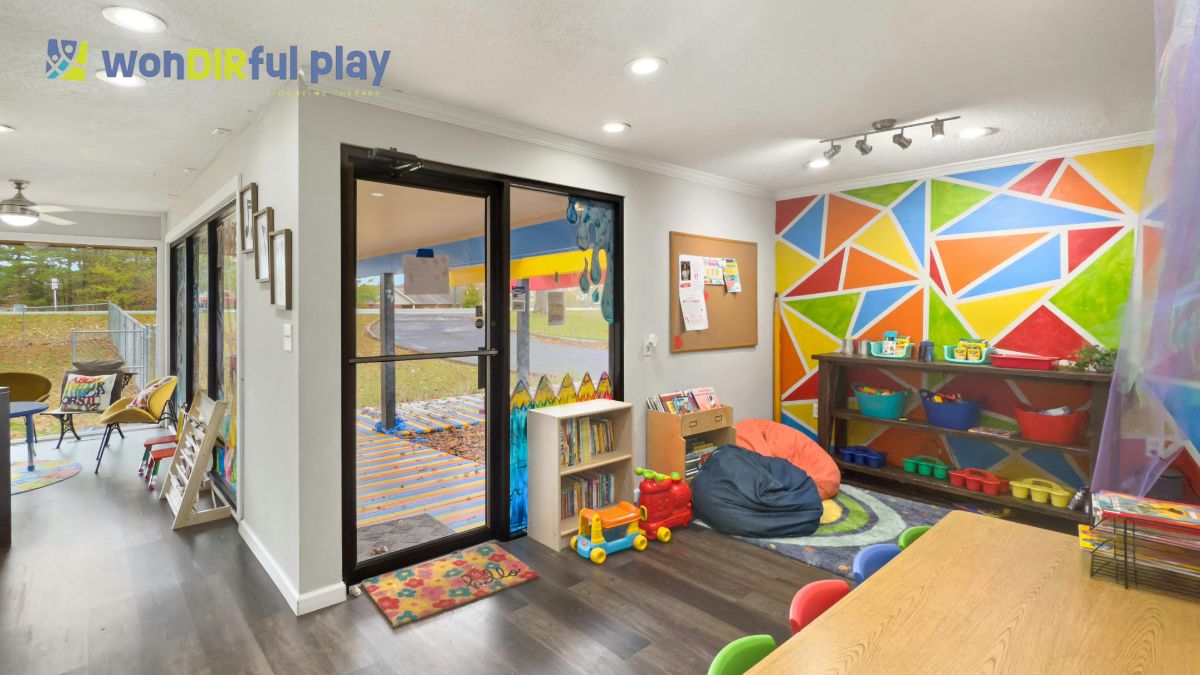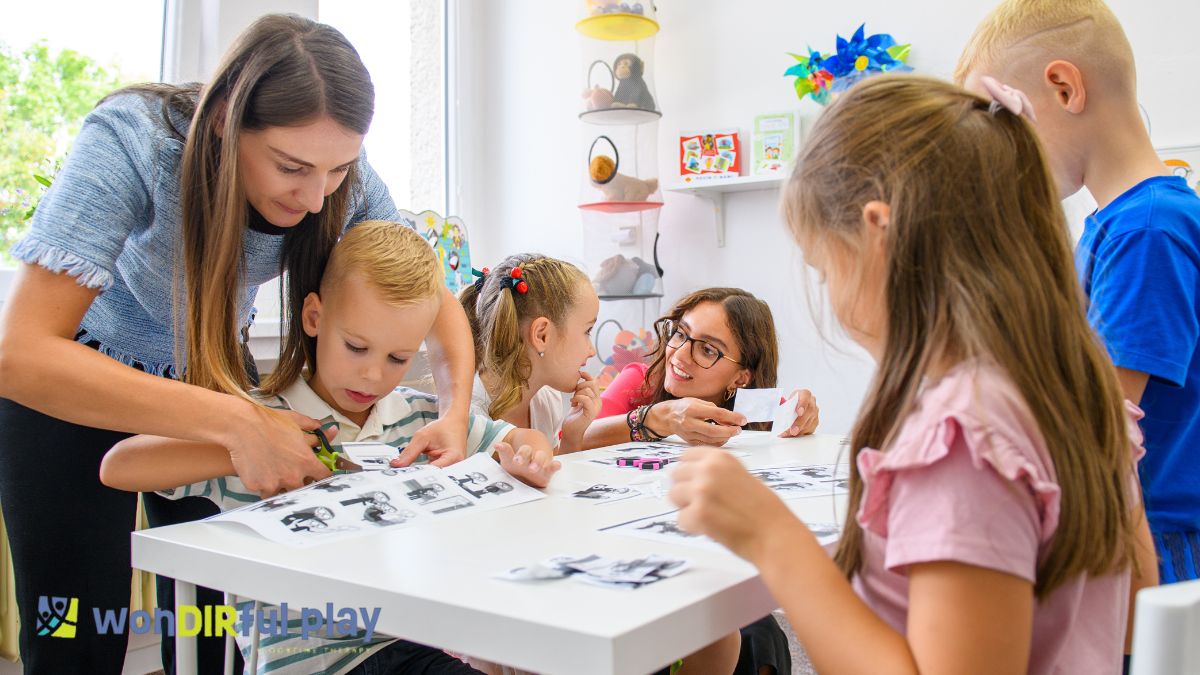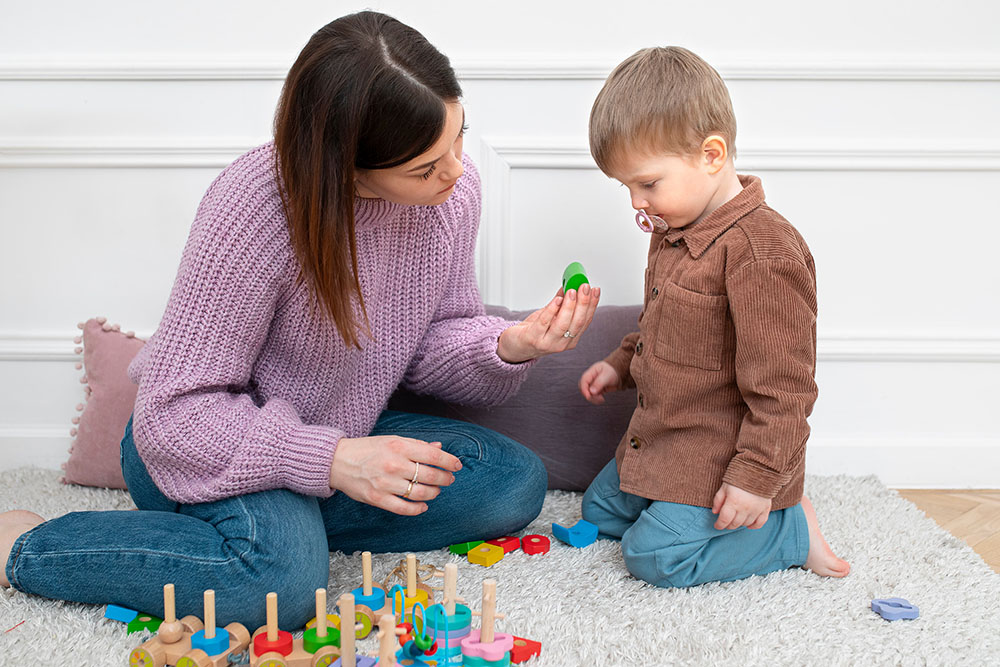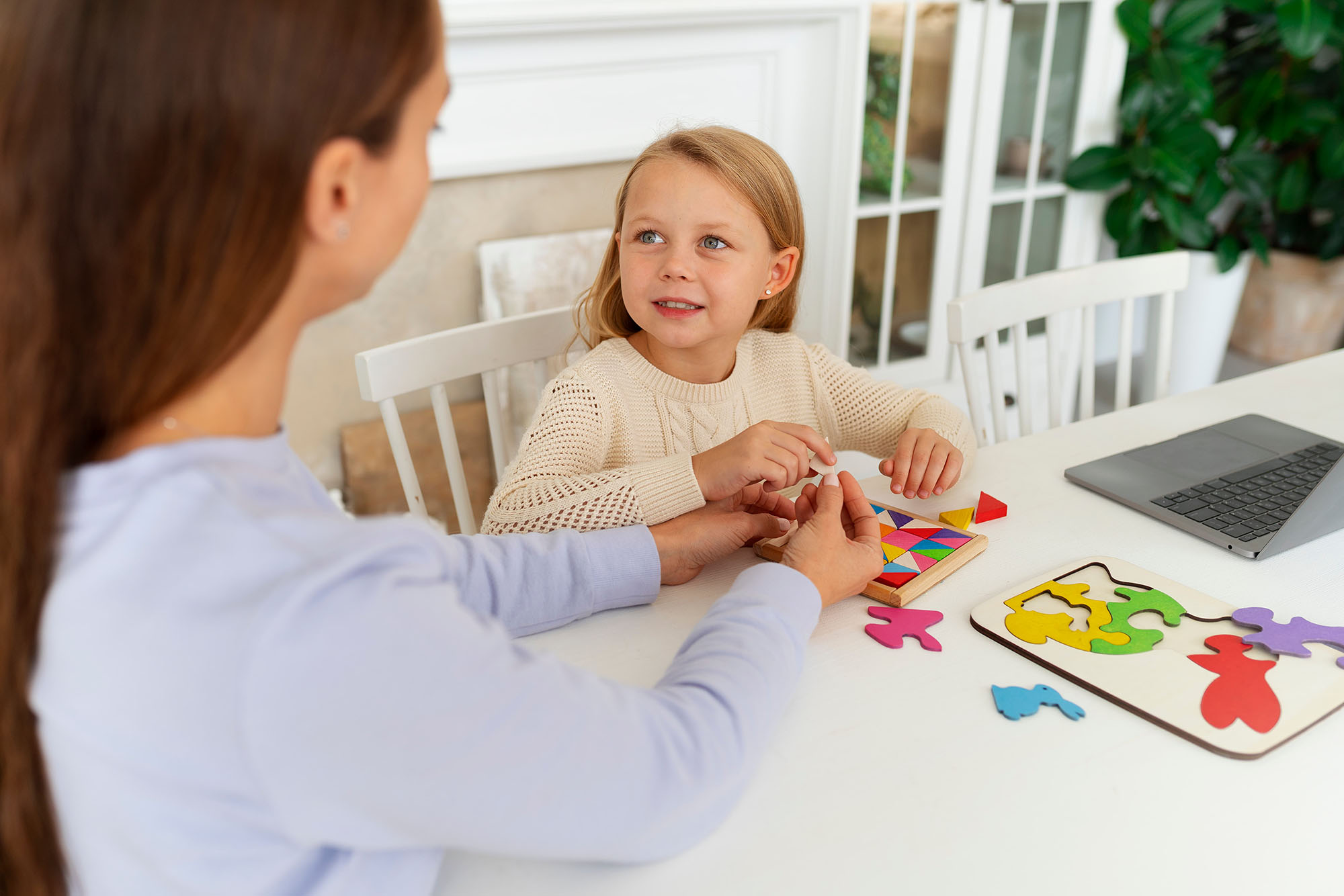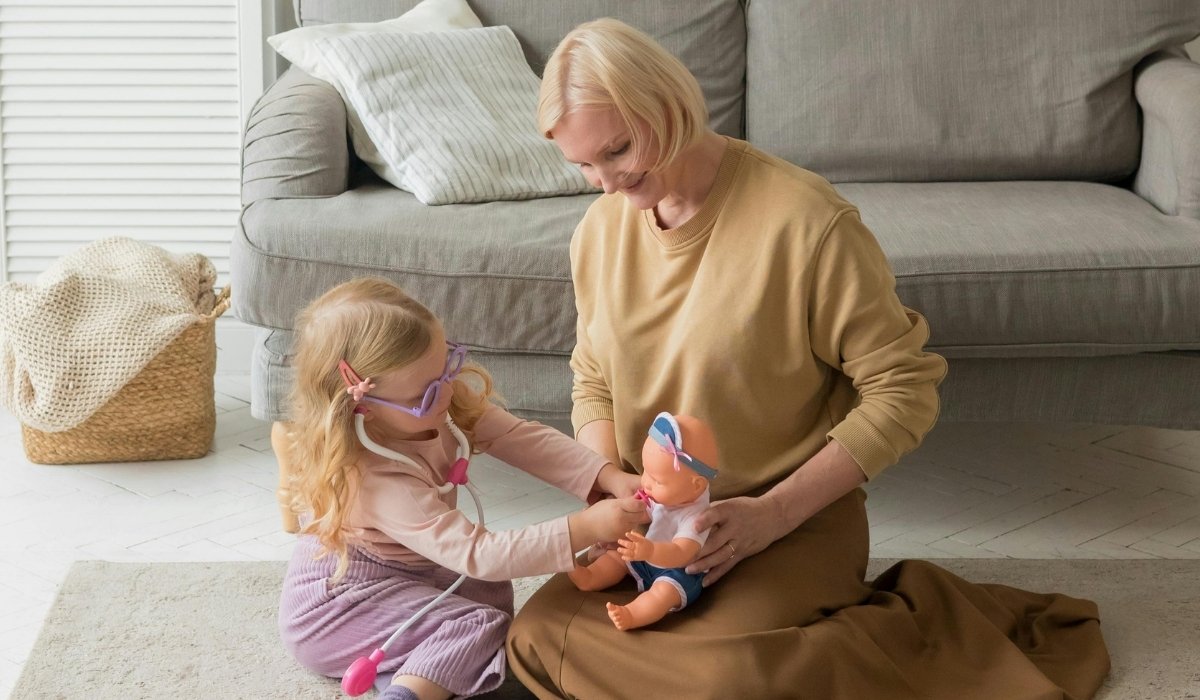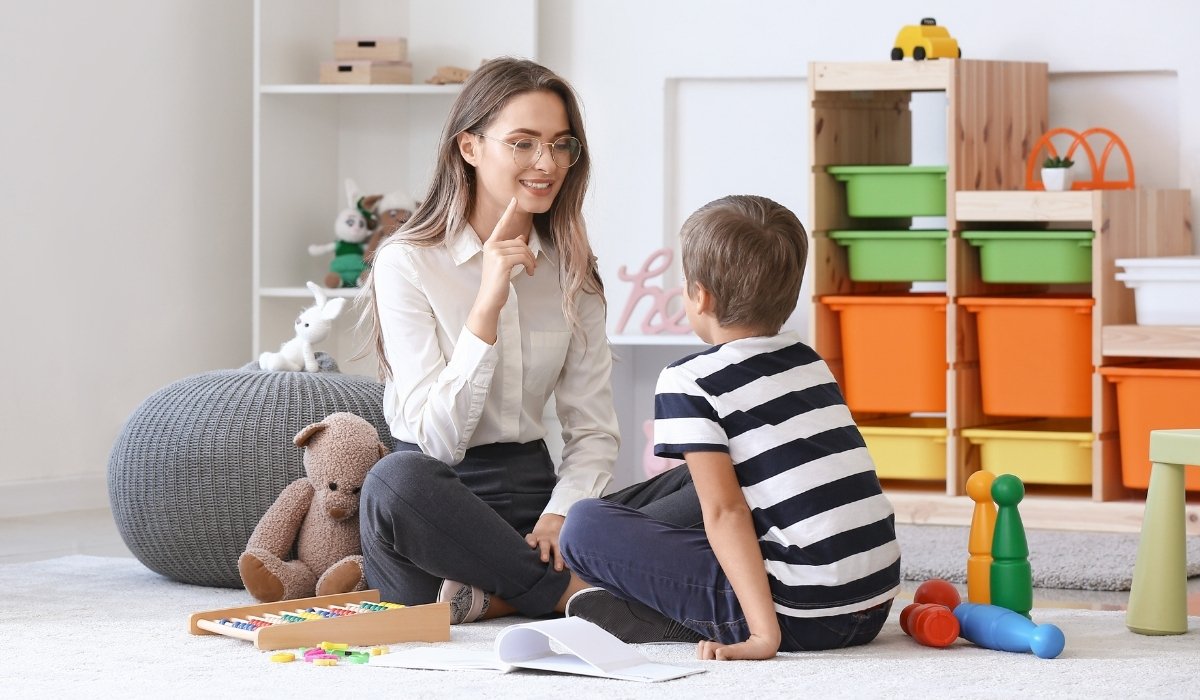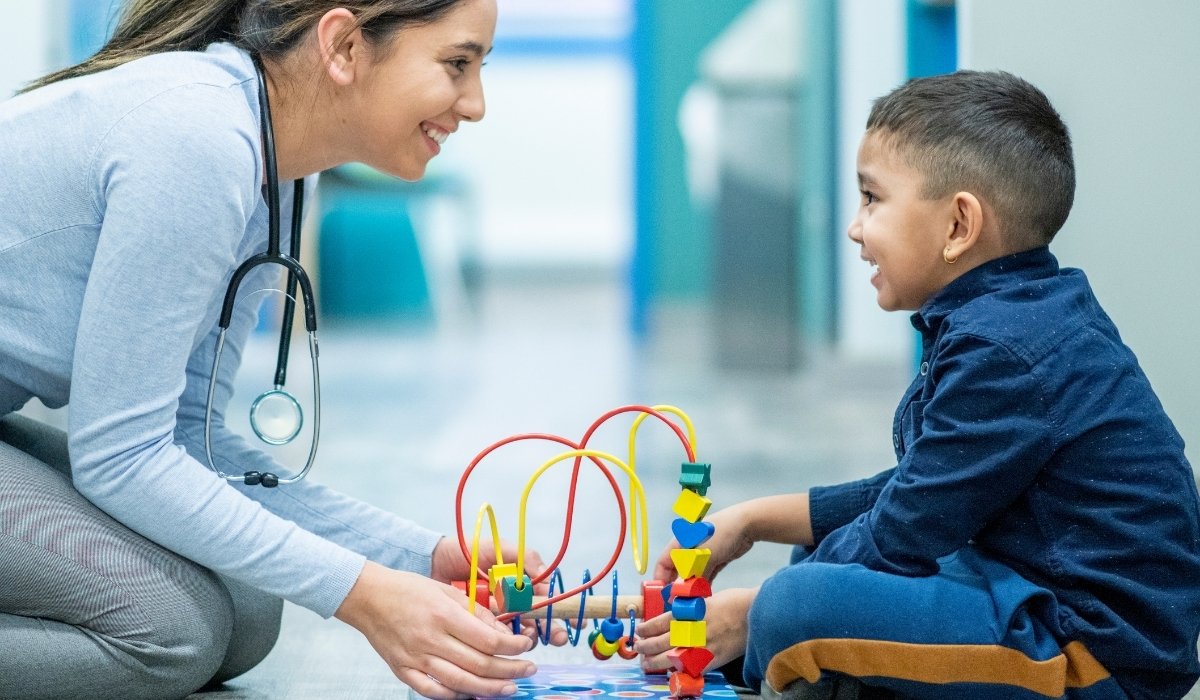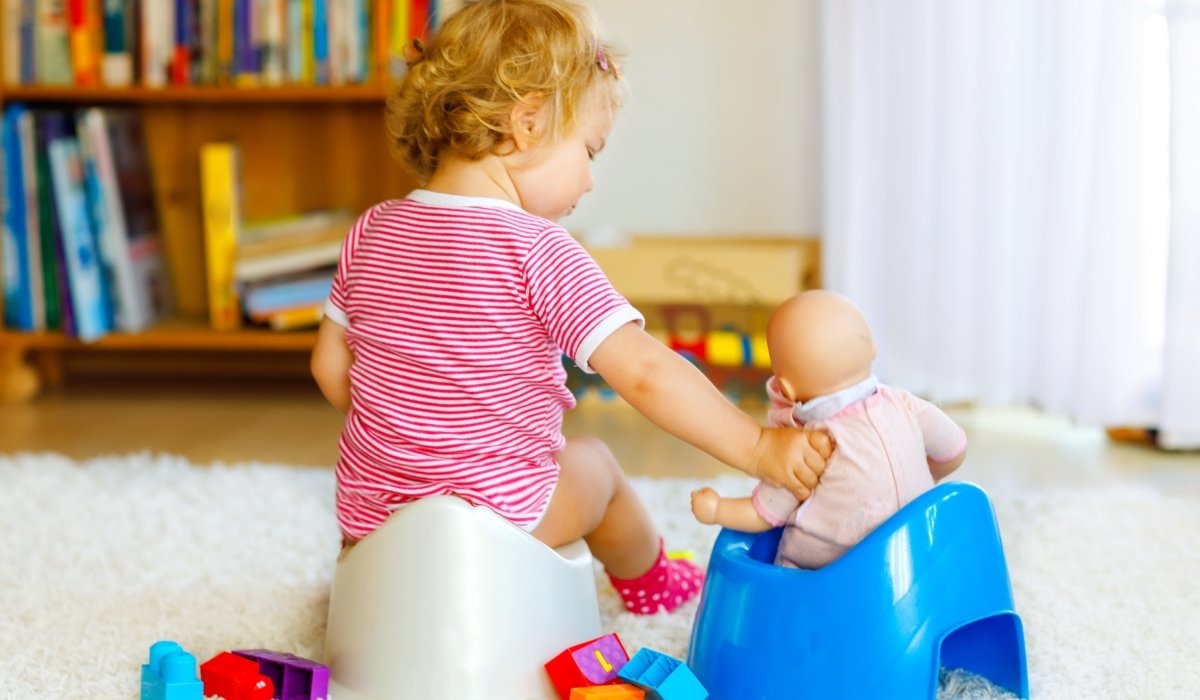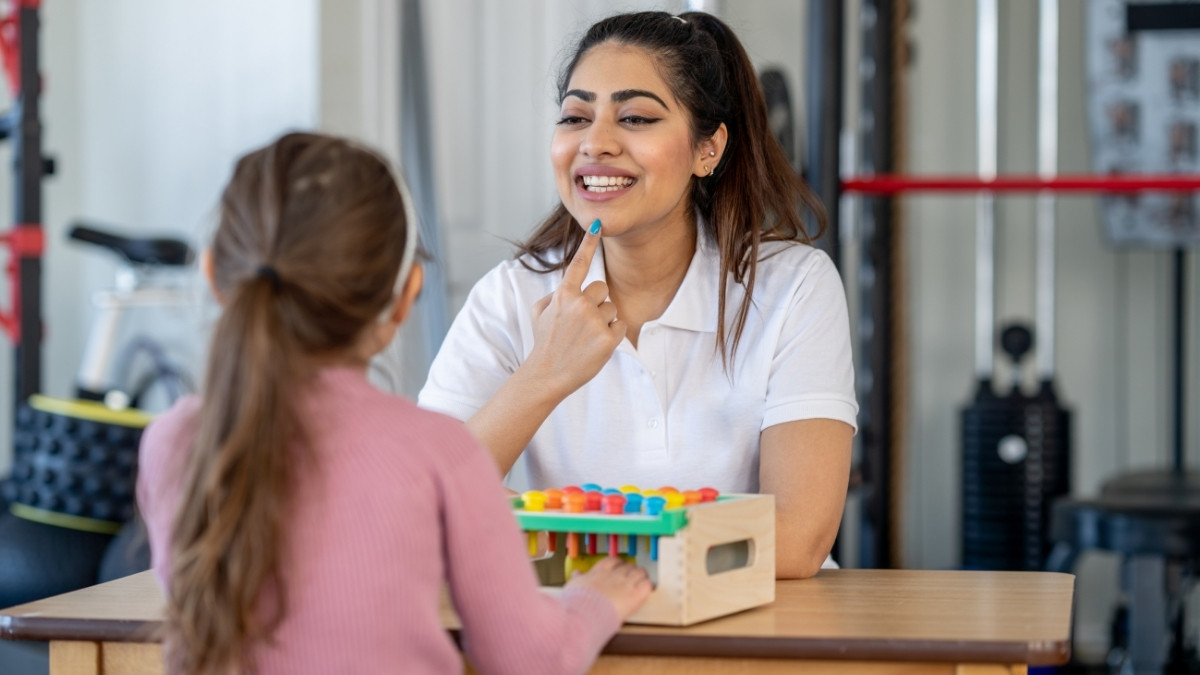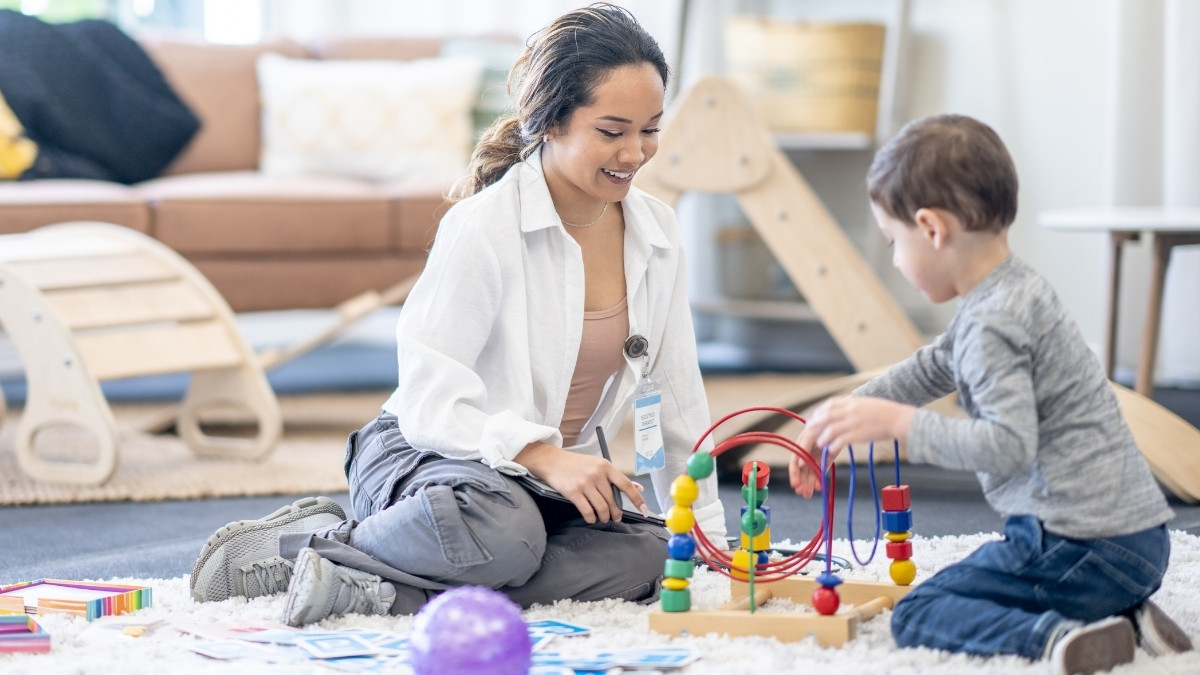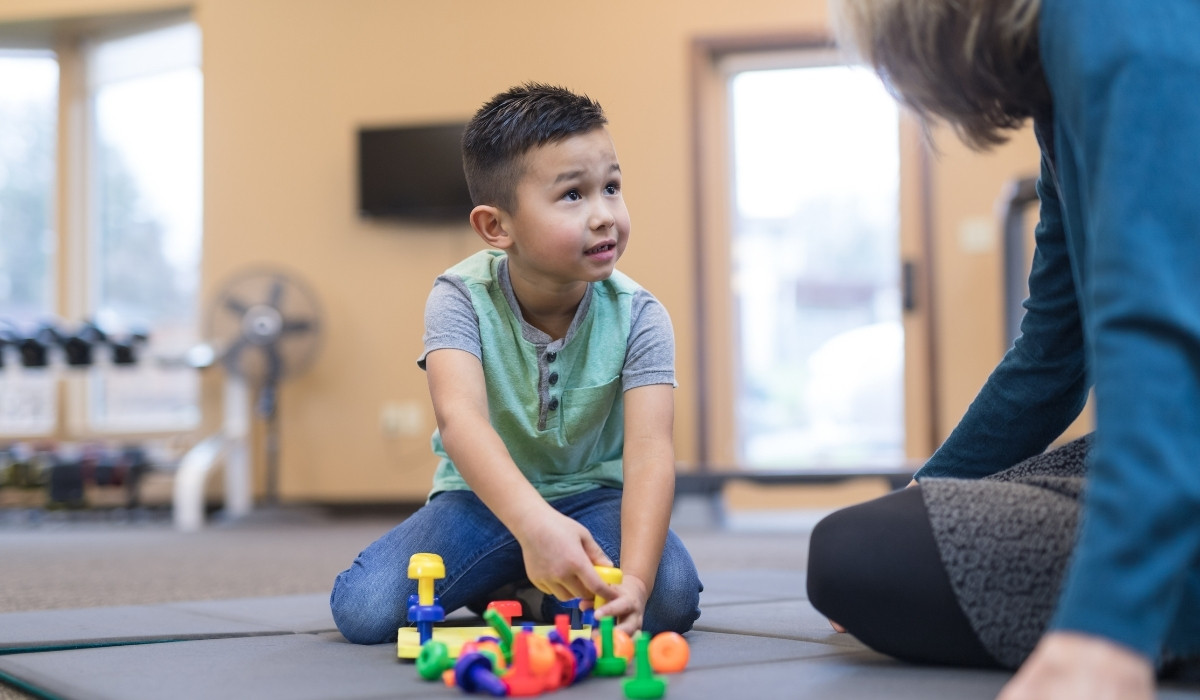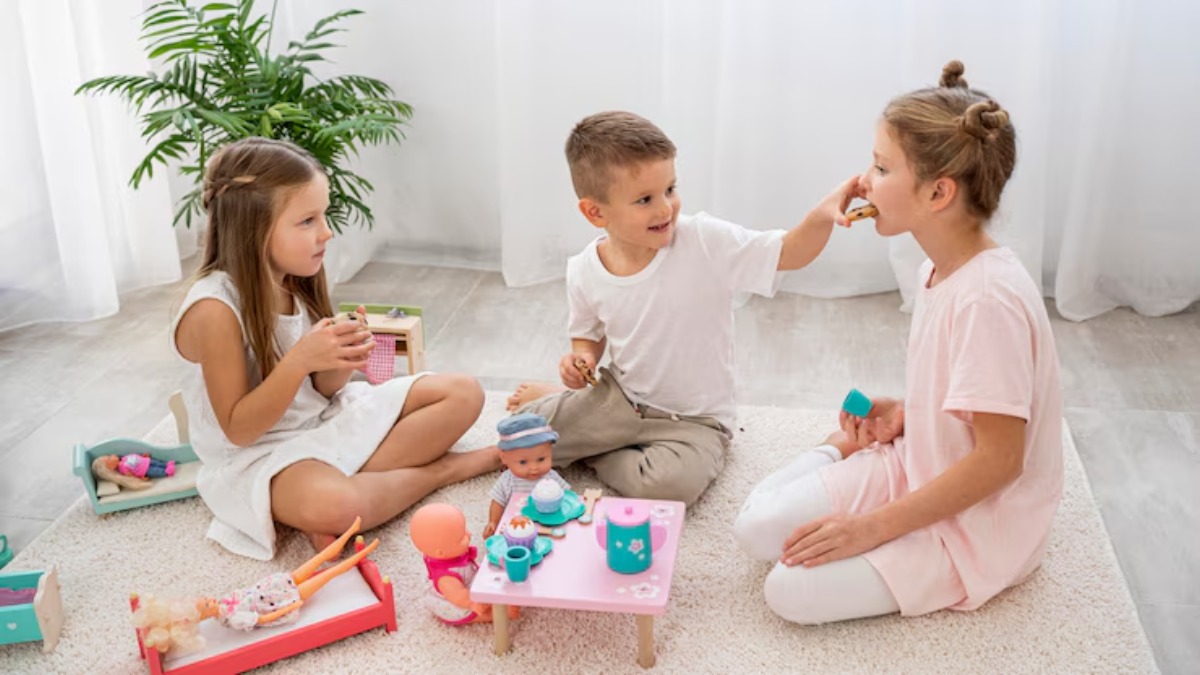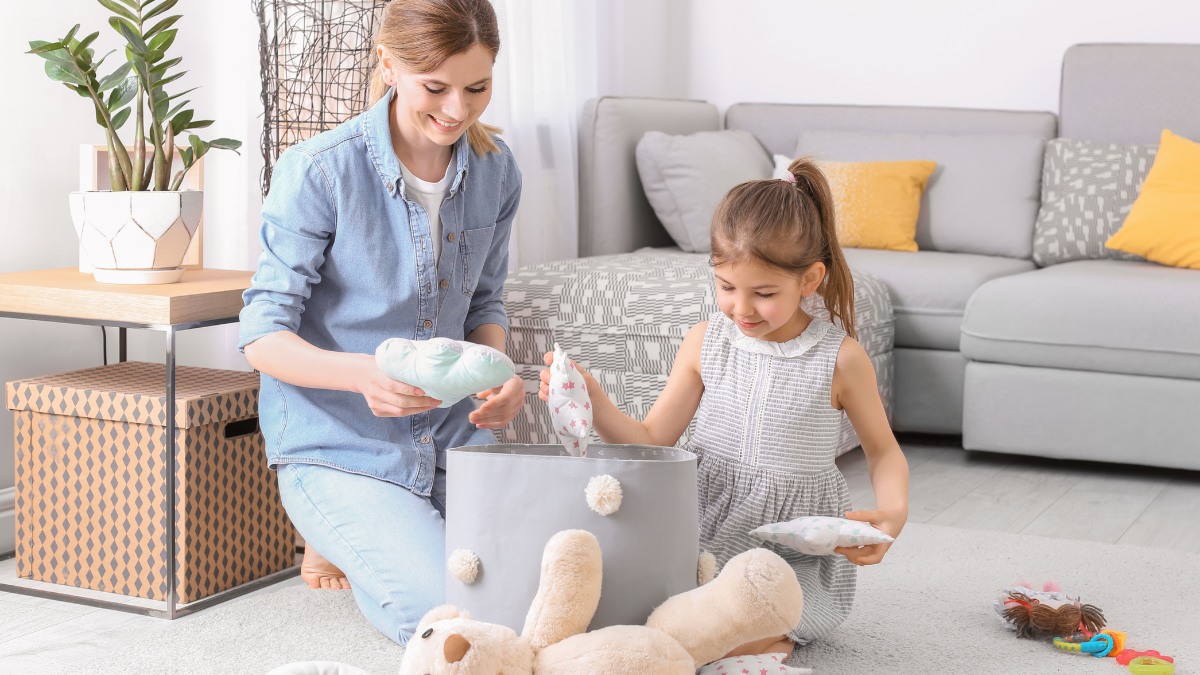The Ultimate DIR Floortime Checklist: What to Do and When to Do It
August 4, 2025
How to do DIR Floortime right—use this step-by-step checklist to track goals, follow your child’s lead, and respond meaningfully during play sessions.

Key Points:
- DIR Floortime follows a specific sequence aligned with your child's developmental stages and emotional needs.
- The most effective DIR Floortime sessions balance structure with responsiveness to your child’s cues.
- Knowing how to do DIR Floortime means understanding timing, roles, emotional readiness, and what skills to prioritize at each stage.
Understanding DIR Floortime isn’t just about playing with your child. It’s about engaging with intention—knowing what to do, when to do it, and how to help your child move up the developmental ladder. The Developmental, Individual-differences, and Relationship-based model (DIR) is evidence-based and designed to support emotional, cognitive, and social growth in children with autism and other developmental differences. That’s why having a clear, structured checklist isn’t just helpful—it’s essential.
This ultimate DIR Floortime checklist will guide you through what to prioritize at each developmental stage, how to adjust your approach in real-time, and when to introduce new challenges. Whether you're brand new or looking to refine your approach, this guide will offer practical, parent-friendly steps to help you implement the DIR Floortime model with clarity and confidence.
Before diving into the specifics of how to do DIR Floortime, it helps to understand what makes this approach so distinct. DIR Floortime isn’t about scripting interactions—it’s about entering your child’s world and using that connection to help them grow. Rather than imposing structured tasks, you’re learning to follow your child’s lead while gently guiding them toward deeper communication, connection, and thinking.
The following guidance outlines the core elements of effective DIR Floortime and how to tailor your approach based on where your child is developmentally.
How To Do DIR Floortime
To do DIR Floortime effectively, you must follow the child’s lead while simultaneously challenging them to engage, connect, and think. This requires understanding the child’s current developmental level, tailoring your interactions to their sensory profile and emotional needs, and structuring sessions to promote progress through six core milestones.
Learning how to do DIR Floortime is not about memorizing play routines. It’s about being present, observing closely, and responding in ways that spark shared attention, engagement, and symbolic thinking. Here’s a foundational breakdown:
- Start with regulation. A dysregulated child cannot engage meaningfully. Identify sensory triggers and support co-regulation through calm, predictable interactions.
- Build connections. Once calm, shift to activities that promote shared attention, like taking turns rolling a ball or mirroring their movements.
- Encourage purposeful communication. Whether through gestures, sounds, or words, prompt your child to initiate and respond in a back-and-forth pattern.
The process is fluid. How to do DIR Floortime shifts as your child progresses. The rest of this checklist expands on what to do at each stage and how to structure your sessions for maximum impact.
Know the Six Functional Emotional Developmental Capacities (FEDCs)
Before diving into strategies, it’s essential to understand what each milestone aims to build. These stages are the framework of DIR Floortime and help parents target their interactions meaningfully.
Each stage builds on the previous, so skipping ahead can lead to missed developmental foundations. Understanding where your child is currently functioning helps determine what to focus on in sessions.
Here’s a detailed breakdown of each stage and its goals:
Self-Regulation and Interest in the World
- Focus: Calm alertness, attention to surroundings.
- Goal: Help your child become regulated enough to share an experience with you.
Engagement and Relating
- Focus: Building emotional warmth, bonding through eye contact, gestures, and vocal tone.
- Goal: Deepen the emotional connection and interest in others.
Two-Way Purposeful Communication
- Focus: Back-and-forth exchanges, using gestures, facial expressions, or words.
- Goal: Support intentional interaction, even if it’s nonverbal.
Complex Sense of Self and Shared Problem-solving
- Focus: Joint attention, shared tasks, creative exchanges.
- Goal: Co-regulate through challenges like building together or navigating small problems.
Creating Ideas
- Focus: Pretend play and spontaneous symbolic thinking.
- Goal: Encourage your child to invent stories, roles, or pretend scenarios.
Logical Thinking
- Focus: Connecting ideas, understanding cause and effect.
- Goal: Foster flexible thinking and the ability to link concepts meaningfully.
Knowing how to do DIR Floortime well means choosing activities that match these milestones while always building on your child’s strengths and individual interests.
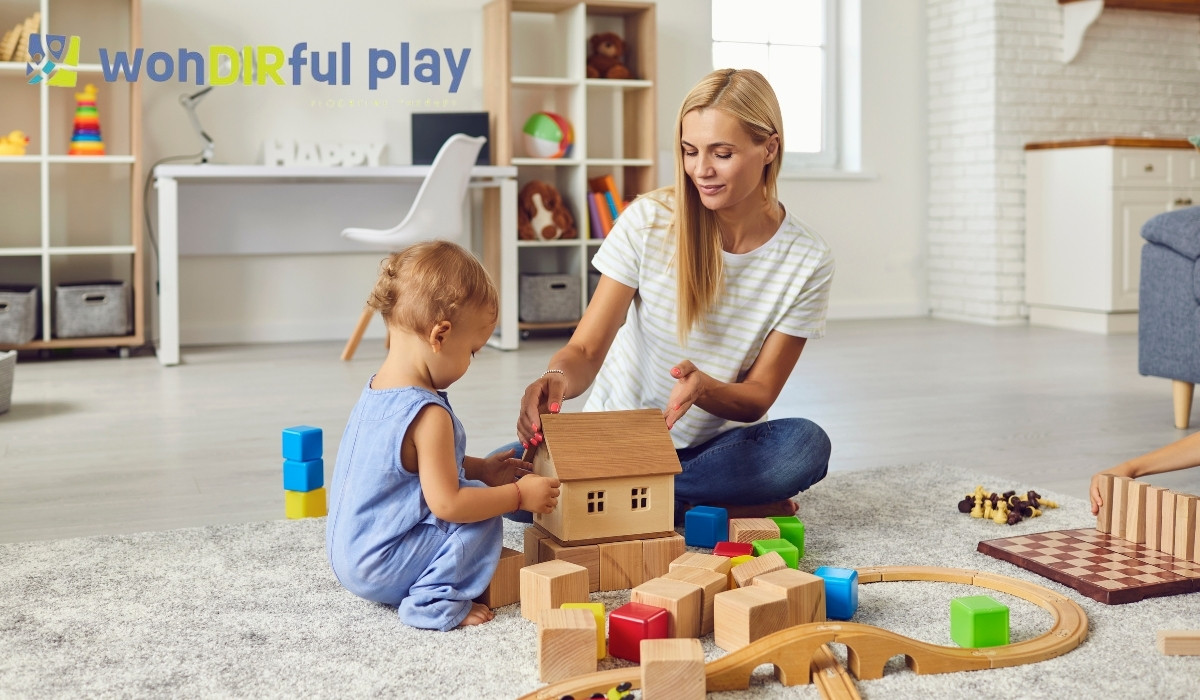
Tailor Your Floortime Session Based on Developmental Stage
DIR Floortime is not a one-size-fits-all model. Your session structure must be flexible, adjusting to your child’s mood, interests, and developmental stage.
Let’s walk through how to build a session for maximum developmental impact.
For Early-Stage Development (FEDC 1–2)
Children in the early FEDCs need structure and calm before connection. Focus less on talking and more on nonverbal cues.
- Use rhythmic, predictable actions (rocking, clapping games)
- Create a calm, sensory-friendly space
- Observe before jumping in—watch their signals
For Mid-Stage Development (FEDC 3–4)
This is where communication starts to take shape. Whether verbal or nonverbal, the back-and-forth exchange is crucial.
- Introduce turn-taking games (e.g., peekaboo, rolling a car)
- Let the child initiate, then respond and expand
- Pause after their actions to prompt a response
For Higher-Stage Development (FEDC 5–6)
Now is the time for imagination and abstract thinking. This stage involves pretend play, storytelling, and playful problem-solving.
- Create pretend scenarios with props
- Let them lead stories while you add complexity
- Introduce role-playing (e.g., restaurant, doctor’s office)
Regardless of stage, each session should follow a regulate-relate-reason rhythm, pacing your interactions to match your child’s emotional state and readiness.
What to Prepare Before Starting a Session
A successful DIR Floortime session begins before you even sit down. Knowing what to prepare helps ensure your full attention can go to your child during the session.
Here’s what to have in place before starting:
- Knowledge of your child’s current FEDC level: Review progress or observations from previous sessions.
- A distraction-free environment: Choose a quiet space with limited noise and visual clutter.
- Developmentally appropriate toys and materials: Think open-ended: blocks, dolls, dress-up items, playdough.
- Your own regulation: If you’re rushed or stressed, it can dysregulate your child. Take a moment to center yourself.
- A session goal: Identify one FEDC skill to focus on. This helps you stay grounded if the session veers off-course.
Preparing intentionally helps you focus on how to do DIR Floortime with greater clarity and success. It also makes transitions smoother for your child.
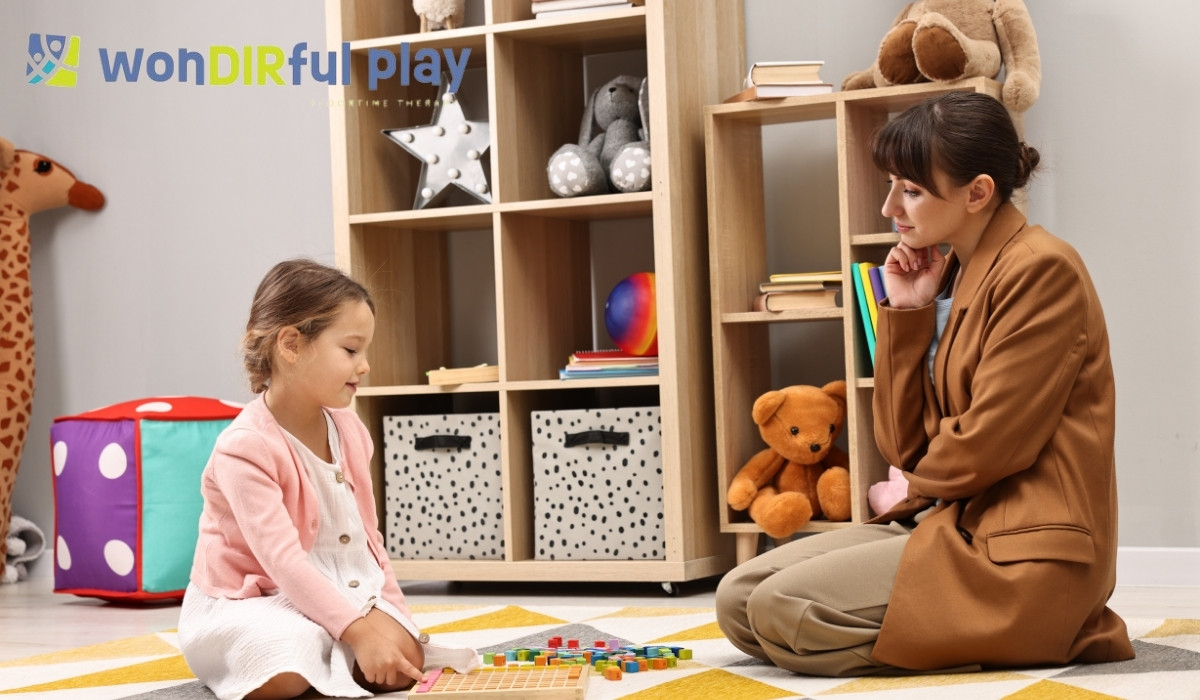
5 Signs You’re Doing DIR Floortime Effectively
While DIR Floortime can feel unstructured at first glance, there are clear signs that you’re on the right track. These indicators show that your child is progressing and that your interaction is developmentally meaningful.
Look for these positive signs during or after sessions:
- Your child initiates more interactions (eye contact, gestures, sounds)
- Engagement lasts longer before withdrawal
- Play themes are becoming more creative or flexible
- Emotional regulation improves across contexts
- More spontaneous communication (even if not verbal)
You’re not just playing—you’re building neural connections. The more your child engages with you, the more likely they are to progress through the FEDCs. That’s the heart of how to do DIR Floortime with intention and purpose.
Common Pitfalls and How to Avoid Them
Even well-meaning sessions can stall when common challenges arise. Here’s how to address them:
- Forcing interaction: If a child pulls away, don’t chase. Observe, give space, and re-enter with gentleness.
- Skipping FEDCs: Parents may rush to higher-level skills. Always build from the child’s current level up.
- Talking too much: Words can overwhelm. Match your child’s language level, and use tone, facial expressions, and gestures instead.
- Not adjusting to sensory needs: Some children need more movement; others need less noise. Observe and adapt.
Avoiding these pitfalls enhances your ability to apply DIR Floortime effectively and increases emotional trust between you and your child.
How Often Should You Do DIR Floortime?
Ideally, DIR Floortime is embedded into daily life—not limited to one-hour therapy sessions. Frequency and consistency matter more than session length alone.
- Minimum daily recommendation: 20–30 minutes, two to three times per day
- Optimal for progress: 2–5 hours total per day, including informal moments (e.g., bathtime, snack time)
- Quality > Quantity: A 15-minute fully engaged session is better than 45 minutes of distracted interaction
Break it into small, natural chunks. Mealtime conversations, bedtime routines, and playdates can all include Floortime moments when done intentionally. Learning how to do DIR Floortime daily means weaving developmental opportunities into every part of your routine.
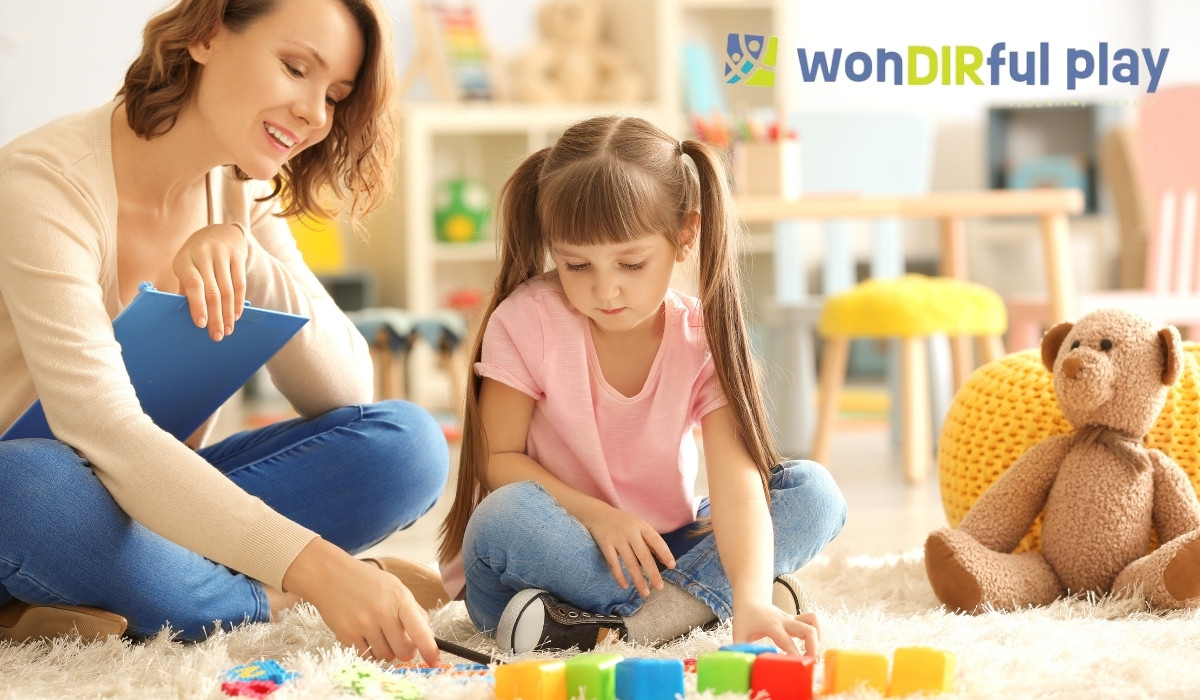
Don’t Skip This: Document and Reflect After Each Session
DIR Floortime isn’t linear. Children may leap forward one week and regress the next. That’s why documenting progress is critical for identifying patterns and adjusting strategies.
Take a few minutes after each session to jot down:
- What activities worked well
- What triggered dysregulation
- What FEDC skill showed signs of growth
- What needs adjustment next time
This ongoing reflection ensures you’re continually refining how to do DIR Floortime in a way that’s customized to your child’s development—not just the curriculum.
Maximize Every Moment with DIR Floortime Support
Doing DIR Floortime consistently—and correctly—requires patience, insight, and support. If you feel stuck or unsure whether you’re doing it right, professional guidance can help you tailor your approach and deepen your impact.
The most important thing is not to do more, but to do it better. That means responding to your child’s cues, knowing what milestone you're targeting, and building joyful, meaningful exchanges that unlock long-term development.
Get the DIR Floortime Support Your Child Deserves
If you're seeking personalized guidance rooted in the DIR model, WonDIRfulPlay offers DIR Floortime services in New Jersey tailored to your child's unique developmental needs. Whether you're new to the approach or aiming to deepen your skills, our team is ready to walk alongside you. Let’s build a strong foundation for lasting emotional and social growth—together.
Contact us today and begin meaningful progress through the power of DIR Floortime.
Recent articles




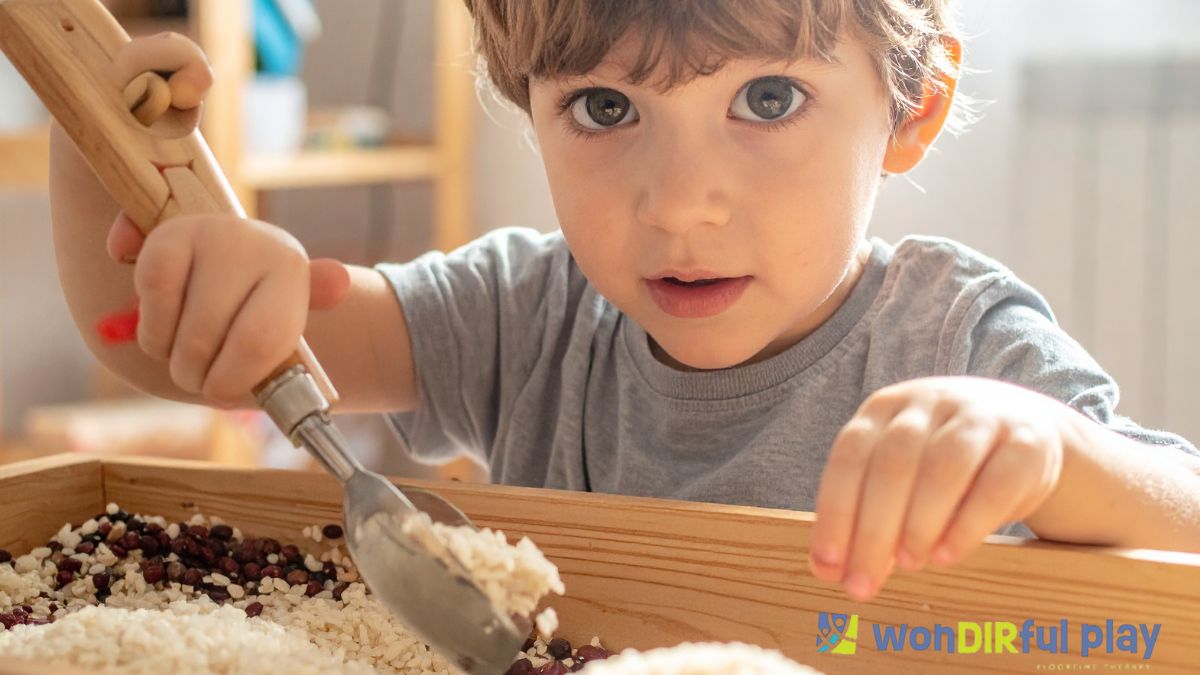
-ink.jpeg)
-ink.jpeg)
-ink.jpeg)
-ink.jpeg)
-ink.jpeg)
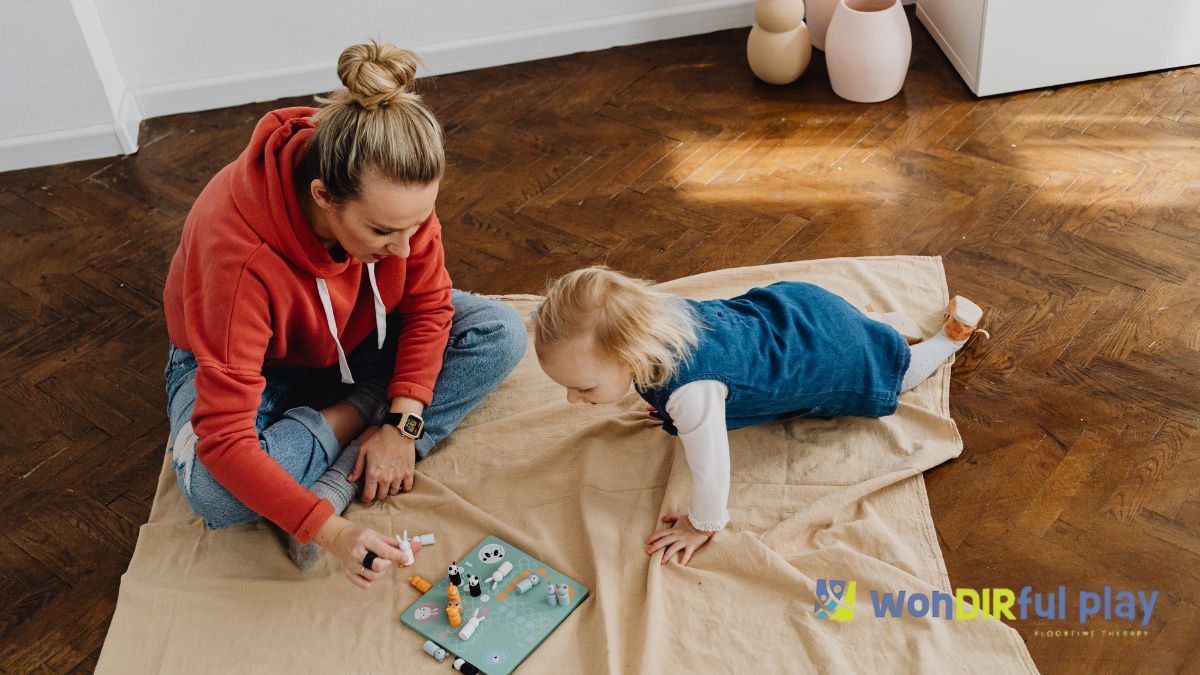
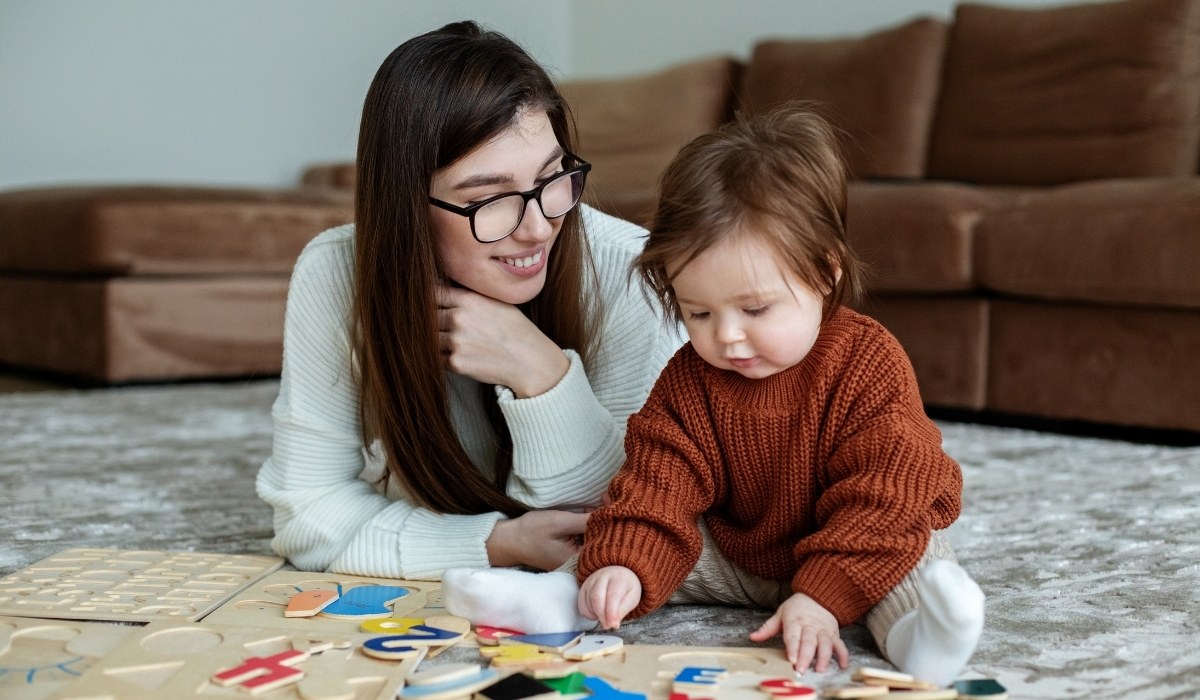
-ink.jpg)
-ink.jpeg)
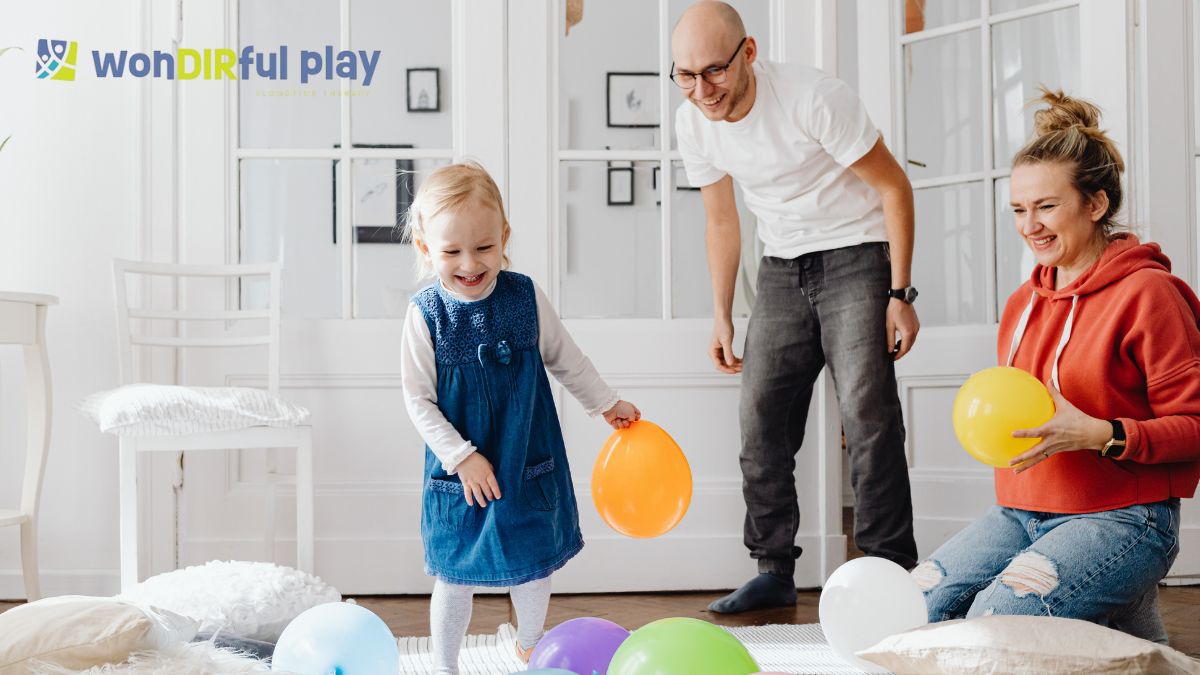
-ink.jpeg)
-ink.jpeg)
-ink.jpeg)
